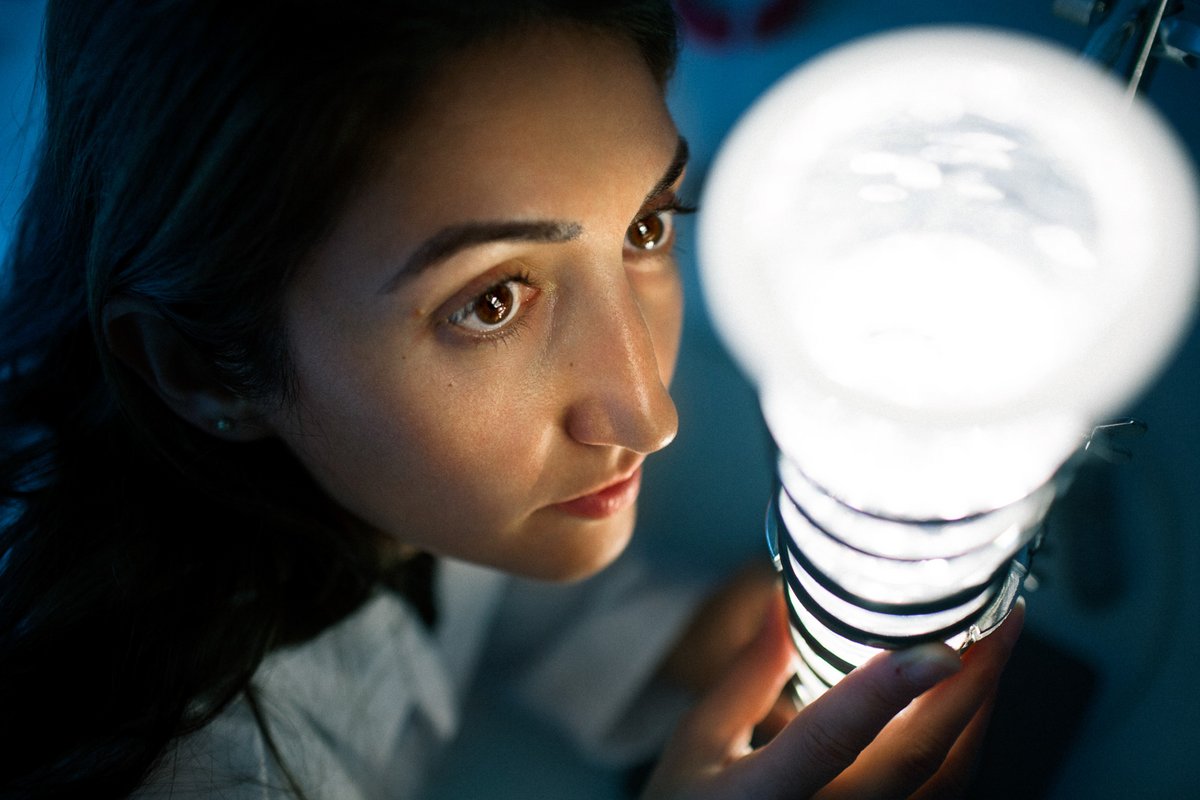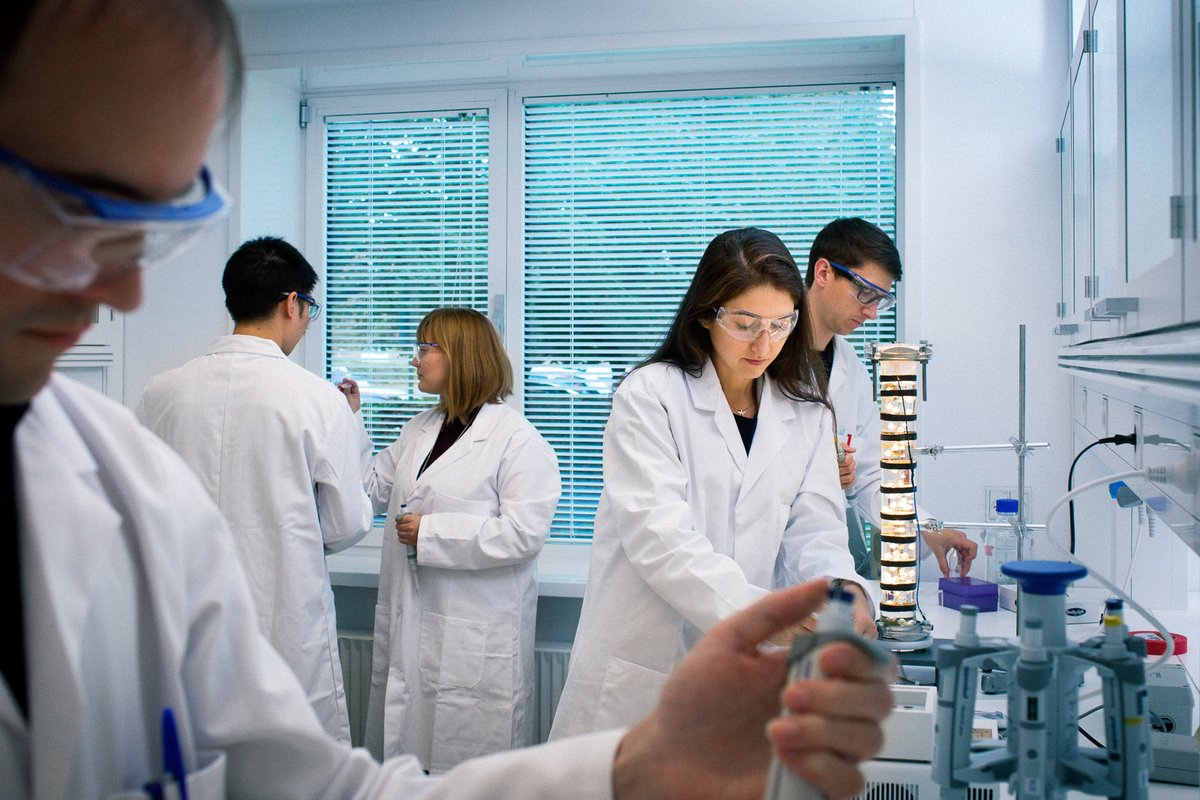Nine universities across Europe are working together to produce green, sustainable and biodegradable chemicals using light as the fuel and generating absolutely no waste at all.

What if you could create 100 per cent biodegradable plastic and chemical compounds using only natural ingredients and light, generating no waste at all, and 100 per cent sustainable?
That’s actually the vision of an international research team currently working towards the synthesis of green chemicals for our daily life; chemicals such as polymers, pharmaceuticals and fine chemicals – an industry that today actually belong amongst the most polluting in the world, not just because of what ends up in nature, but also because of production processes that traditionally produces a lot more waste than product.
The EU Horizon 2020-funded project is called PhotoBioCat, and it brings together the brightest minds in the fields of biology, chemistry, and engineering from nine different universities across Europe.
"The project is aiming to mimic nature to produce the chemicals we need. Clean, sustainable, and biodegradable chemicals produced without the use of hazardous materials, and at a fraction of the cost of present production methodologies," says Associate Professor Selin Kara from the Department of Engineering, Aarhus University, who’s leading one of the six work packages in the PhotoBioCat project.
The process entails designing optimal cyanobacteria hosts for enzymes, optimizing cyanobacteria cultivation, and identifying novel enzymes. Protein engineering is involved for light-driven reactions, and reaction and medium engineering are also part of the project. And all the time it is vital to ensure the right amount of light for the process.
Selin Kara is leading work package No. 3 of the H2020 project, which is called “Reaction optimization and up-scaling of photobiocatalysis”. This particular work package aims at identifying and optimizing the key physiological parameters in individual projects. It covers for instance cultivation concepts for cyanobacteria, reactor type and operation modus for microbial and enzymatic applications, adaptation of light intensity, etc.
Selin Kara is convinced that it will be possible to apply the synthesis routes designed in PhotoBioCat very soon and commercially produce chemicals using enzymes as nature’s powerful catalysts, and light as fuel for the enzymes.

And that would indeed be ground-breaking, as it could significantly lower the cost, environmental impact and arable land needed for chemical production, which is why industry is also a big part of the project. Seven corporations from across Europe are participating, including the second largest pharmaceutical company in the world, British GlaxoSmithKline.
The consortium offers a unique graduation programme leading to double-degrees for 12 PhD graduates at the highly complementary European academic institutions. The strong corporate involvement adds exposure to industry research, and transferable skills prepare the graduates for employment in the European biotechnology sector.
The entire project is being coordinated by Graz University of Technology in Austria, by Professor Robert Kourist.